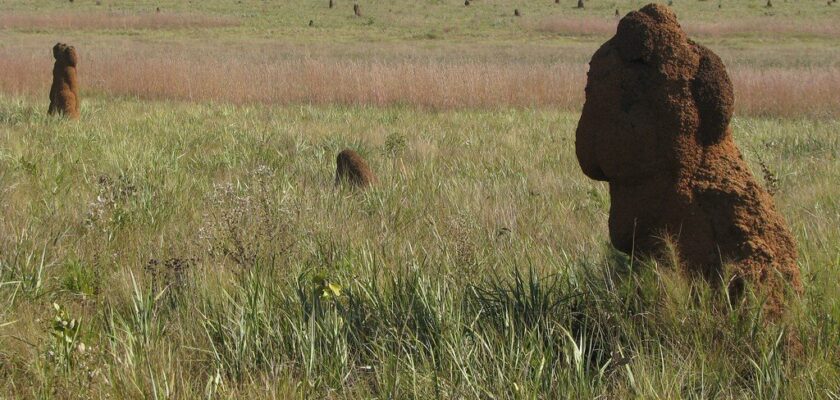Parque Nacional das Emas (Parque Nacional das Emas)
Parque Nacional das Emas is a Brazilian reserve created to protect the wooded tropical savanna or “campos serrados”, which is considered the most biologically diverse savanna on the planet. The park was founded in 1961 and today is part of the Pantanal Biosphere Reserve. Given the richness of the local nature, Emas was designated a UNESCO World Heritage Site in 2001.
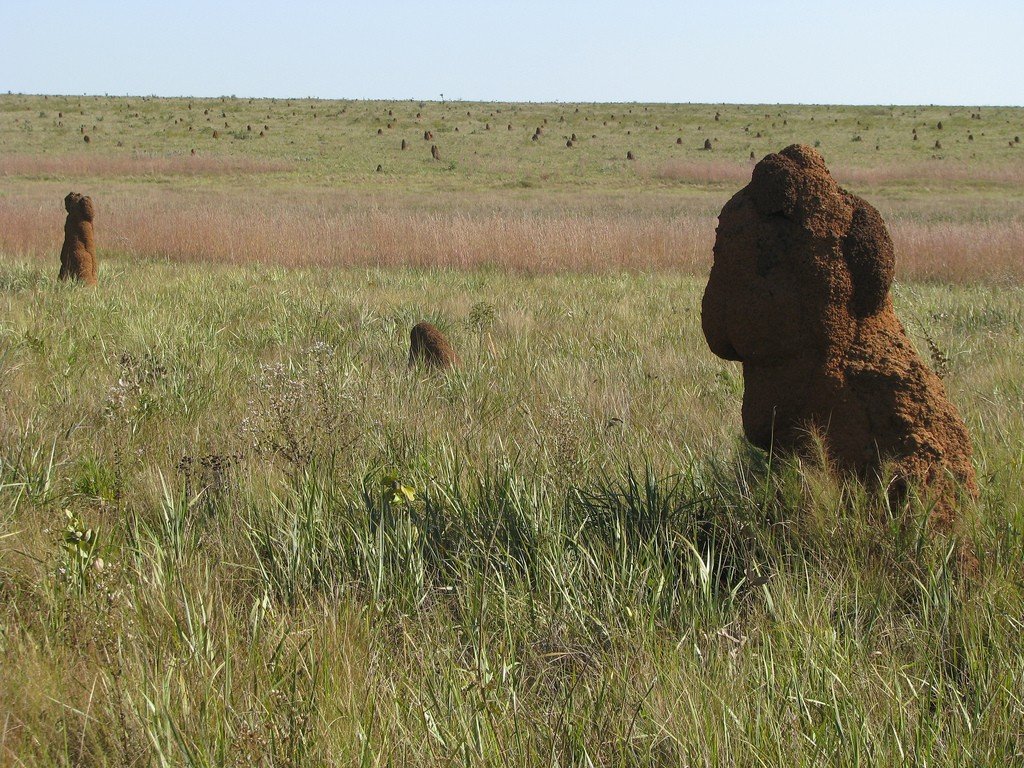
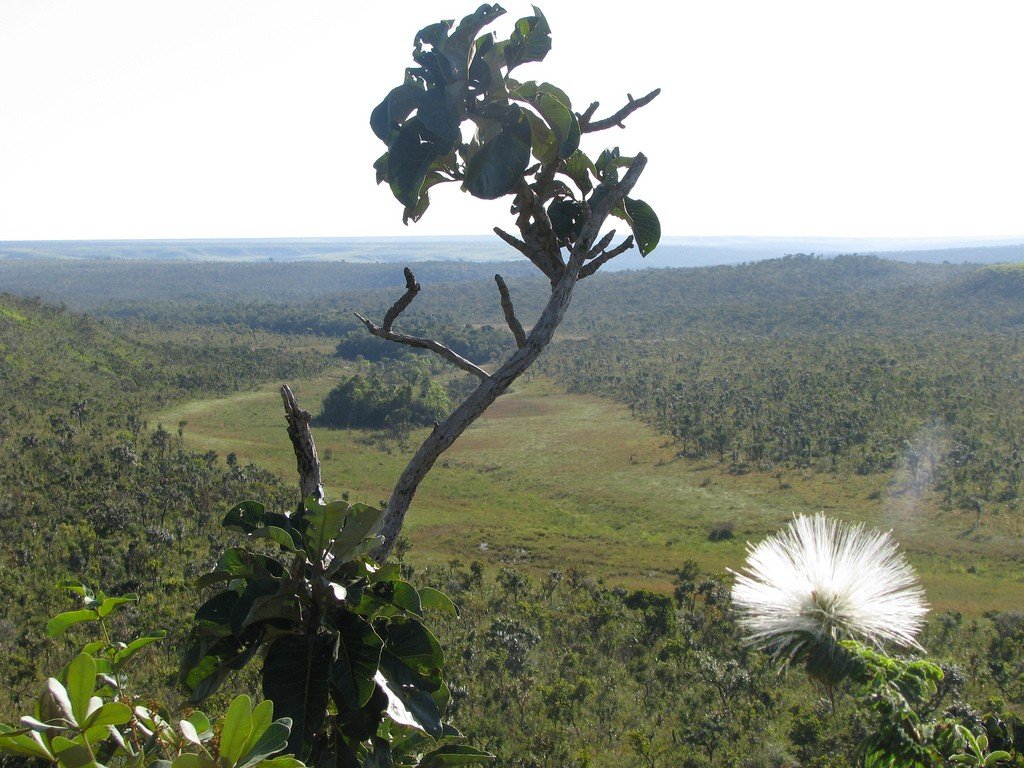
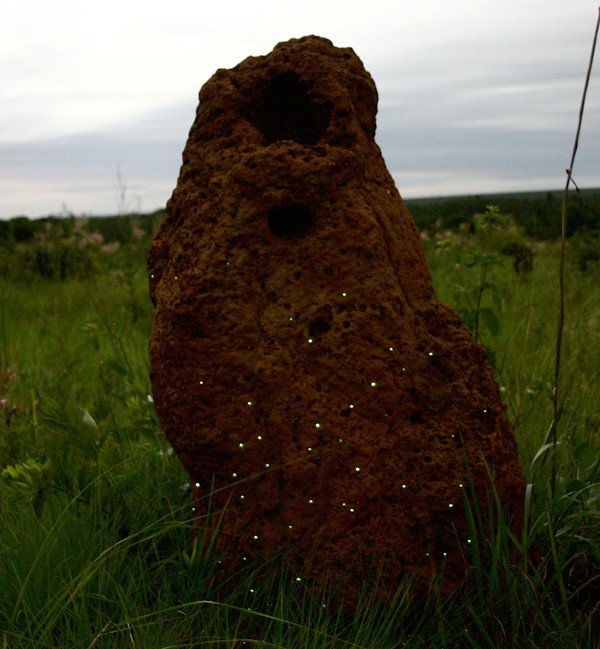

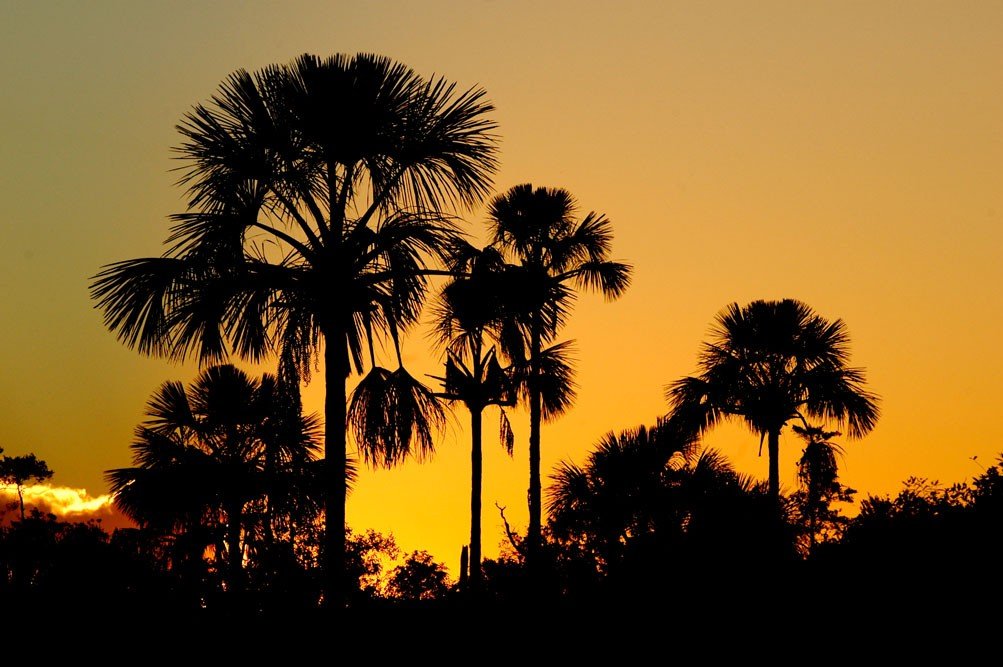
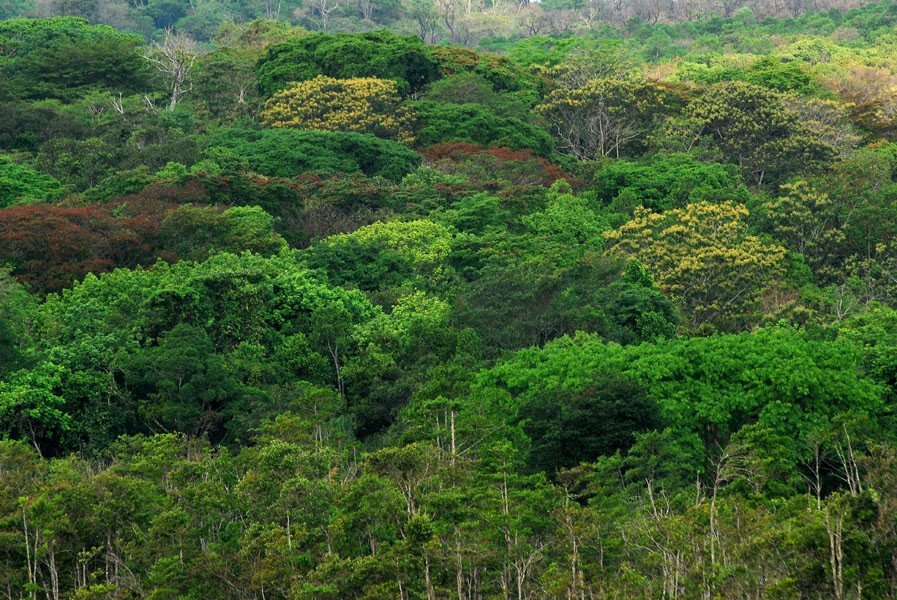
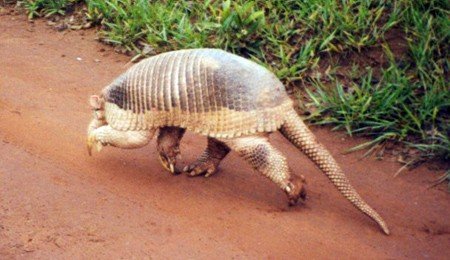
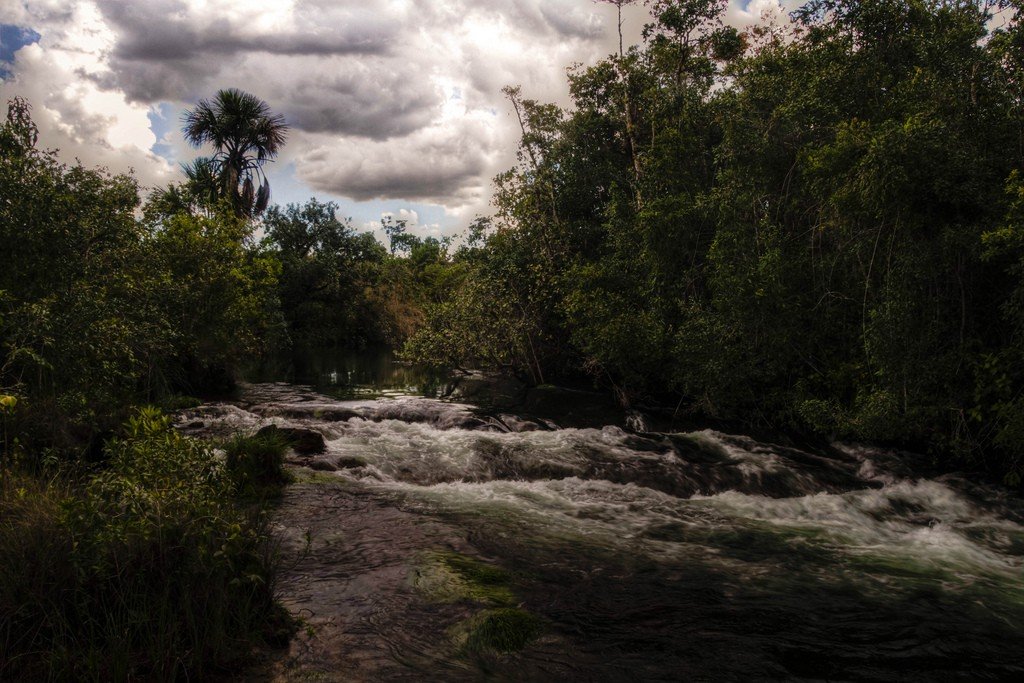

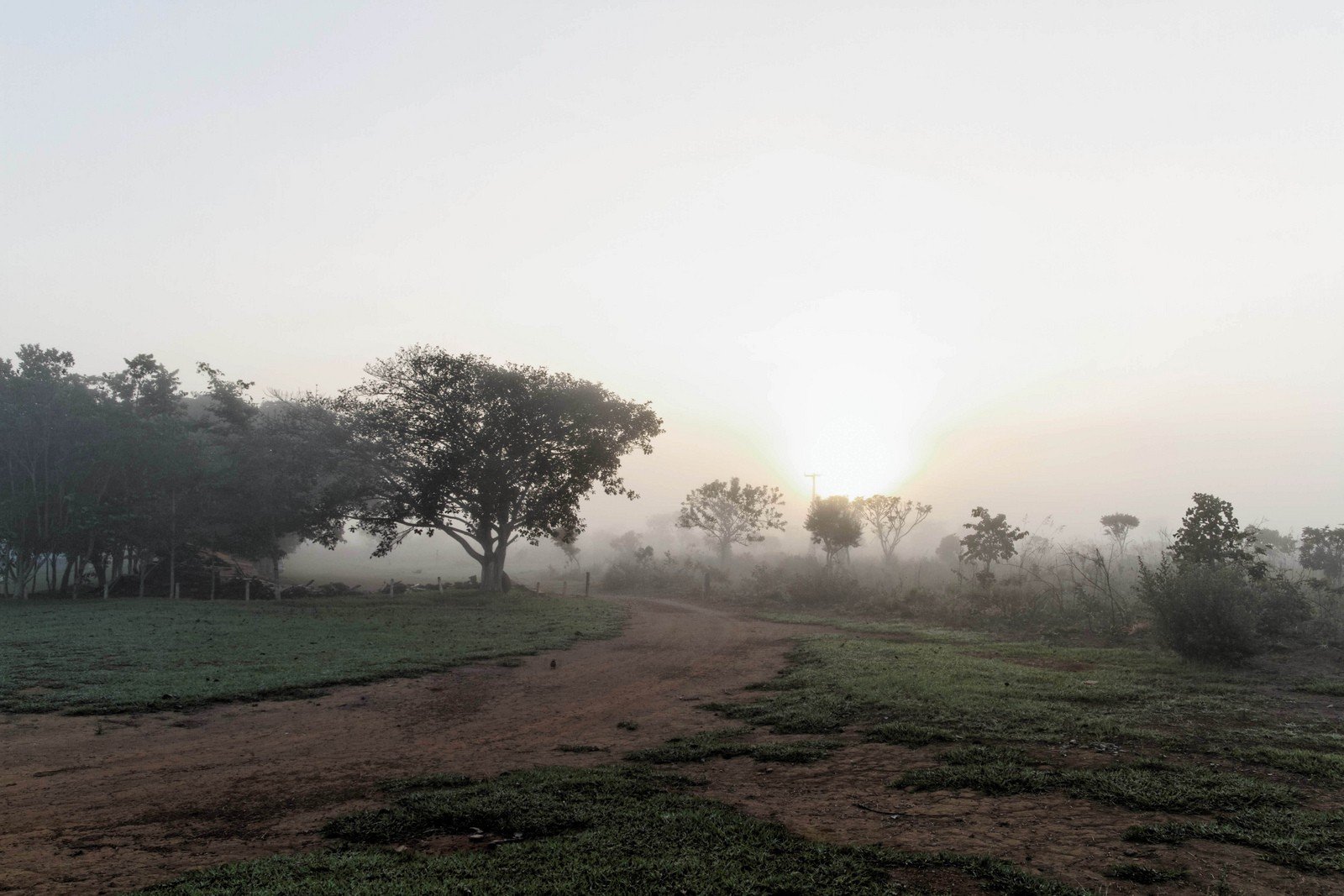
General information
The territory of the reserve covers 1326 km². It is surrounded on all sides by plantations of soybeans and other crops. The region has a tropical climate with hot humid summers and moderately cool winters. The rainy season lasts from December to May. Tourists prefer to visit Emas National Park during the dry season, from May to October. People come here to travel by foot, horseback, and boat, as well as for good fishing.
.
The riverbanks in the reserve are covered with dry forests, while the savannah expanses are covered with dense grass, in which red termites, which reach a height of 2 meters, are towering. The highest Orbignia palms on Earth can be seen on the dry uplands. The rounded crowns of these tree giants rise to 75 meters.
.Emas National Park is home to peccaries, tapirs, swamp deer, capybaras, bush dogs, ocelots and tamarin monkeys. The protected area has also sheltered great anteaters, maned wolves, armadillos, jaguars, pumas and Brazilian porcupines. The local forests attract birdwatchers around the world, as they are home to the largest colony of blue-and-yellow ara nesting outside of the Amazon..
How to get there
The territory of the Emas National Park is located in two Brazilian states, Mato Grosso do Sul and Goiás, 710 kilometers southwest of the capital city of Brasilia. You can travel through the park without a guide, but it is more convenient to book a trip through tourist offices. The nearest city Chapadan do Seu is 26 km away from the reserve. Note that there are only dirt roads around the national park.
.